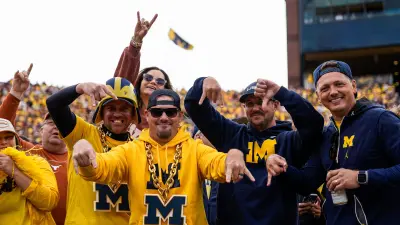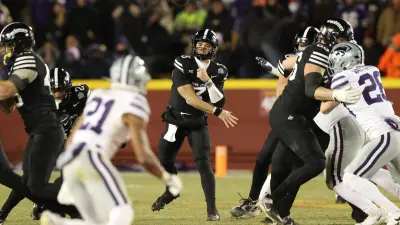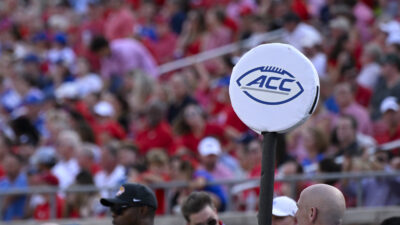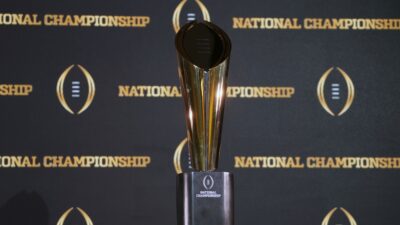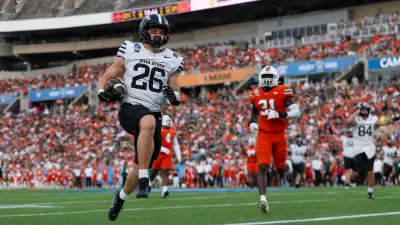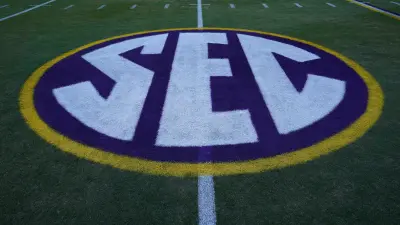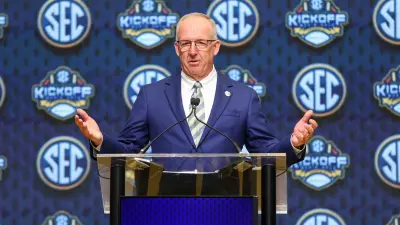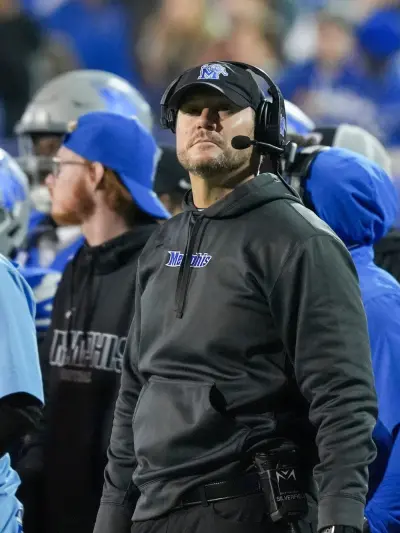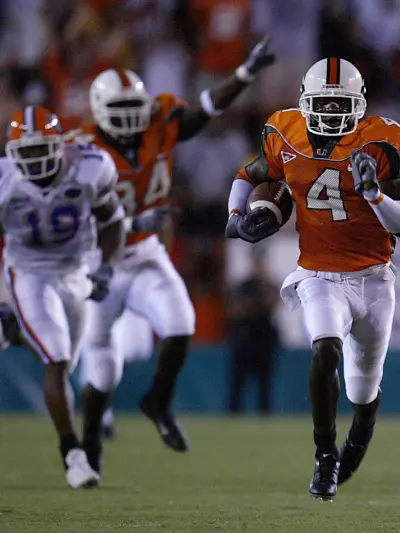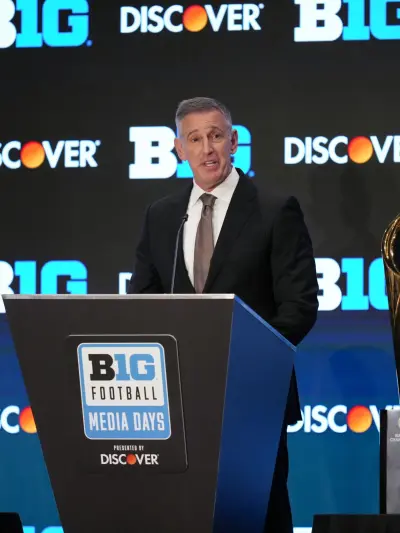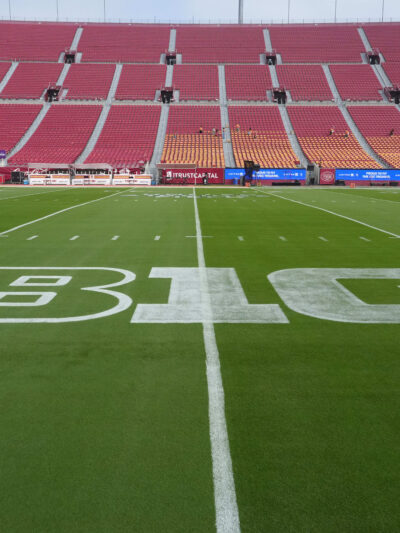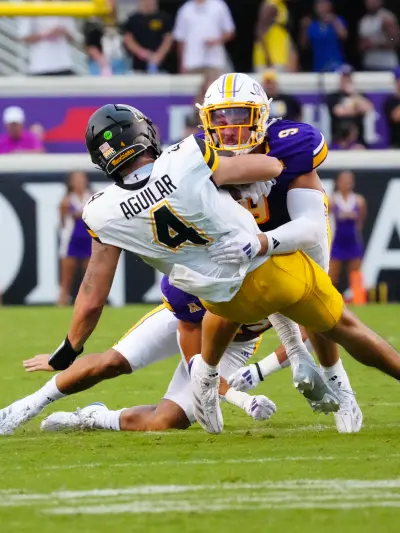By Brett Daniels
The term “blue blood” gets thrown around when talking about any institution or organization that has been around for a long time. Usually these entities are long standing, entrenched members or the community or organization that have made a significant contribution. Blue Bloods are generally revered (or sometimes despised) by the other members of said group or organization.
Revisiting CFB Blue Bloods https://t.co/qpMgVKrw29 via @kylegolikfb
— Mike Farrell (@mfarrellsports) July 10, 2024
College Football has been around since 1869 when Rutgers and Princeton faced off for the first time and as such has a class of teams that are generally accepted as Blue Bloods: Michigan, Alabama, Notre Dame, Ohio State, Oklahoma and USC. These 6 teams are part of the fabric of college football and the sport wouldn’t be what it is today without their contributions. There are other teams that some consider to be Blue Bloods (or these teams consider themselves to be Blue Bloods): Tennessee, Nebraska, Penn State, Miami and Texas. There are also teams that aren’t as widely considered to be Blue Bloods but based on their overall history maybe they should be: Florida, Florida State, Georgia, Clemson, and LSU.

Below we will look at each of these groups and make the case for or against each team being included into the Blue Blood category. The criteria that will be used: overall historical record, national championships awarded by the AP, UPI/Coaches, BCS, or College Football Playoff, Conference Championships, Heisman Trophy winners, Consensus All-Americans, periods of sustained excellence, perception across the sport. Post 1970 statistics are given more weight than pre-1970 which is generally accepted as the beginning of the Modern College Football age.
More Sports News
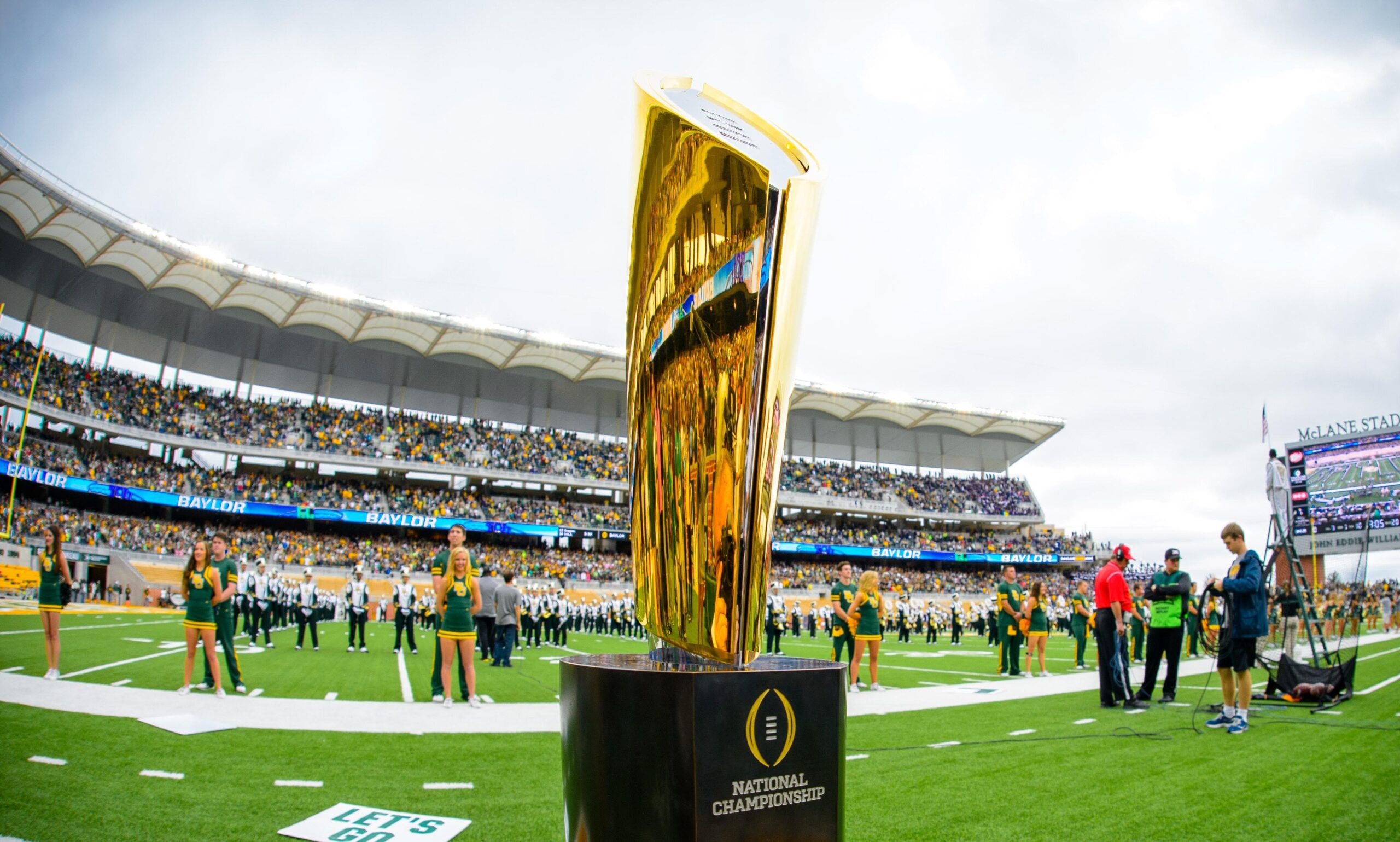
Generally Accepted Blue Bloods-These are teams that will always be considered Blue Bloods no matter what happens on or off the field.
Michigan-The winningest program in CFB history with 1,004 wins along with 45 conference championships, 3 National Championships (AP-1948, 1997, 2023), 23 Bowl Wins,3 Heisman Trophy winners and 88 Consensus All-Americans. The Wolverines are a national brand with their distinct helmets that even the most casual fan would recognize.
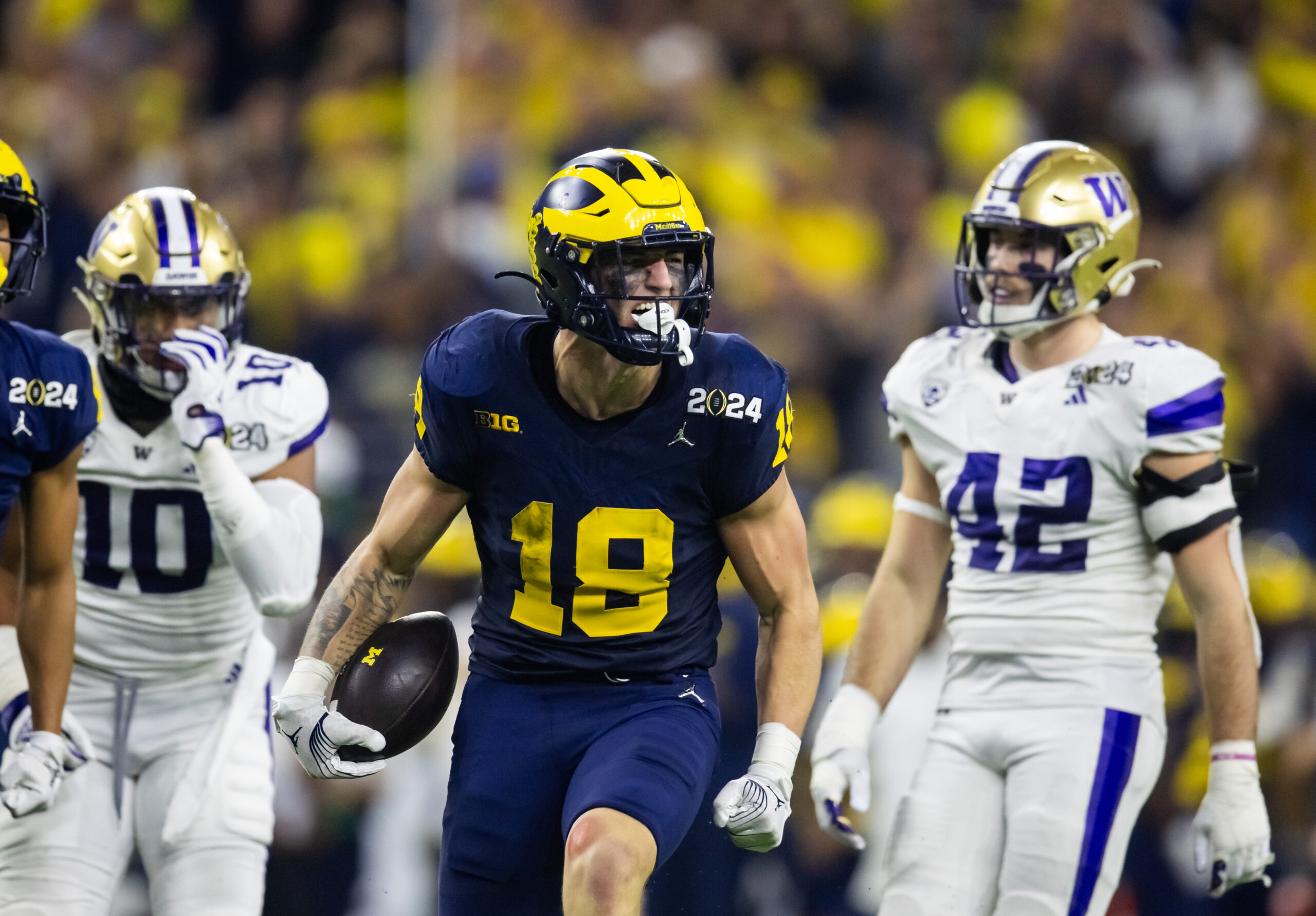
Alabama
With 965 wins the Crimson Tide are the second most winning program in CFB history and have 30 SEC Championships (1st), 46 Bowl wins (1st), and claim 18 National Championships (using our criteria they have 13), 4 Heisman Trophy winners, and 86 Consensus All-Americans. Alabama has had arguably the two greatest coaches of all time on their sidelines: Paul “Bear” Bryant and Nick Saban.

Notre Dame-948 total wins (4th), 21 Bowl wins, 7 Heisman Trophy winners, 11 National Championships claimed (8 using the major poll criteria), 109 Consensus All-Americans. The Irish score high on tradition and perception: the Four Horsemen, Knute Rockne, Touchdown Jesus, the Gold Dome (and helmets), and Rudy.
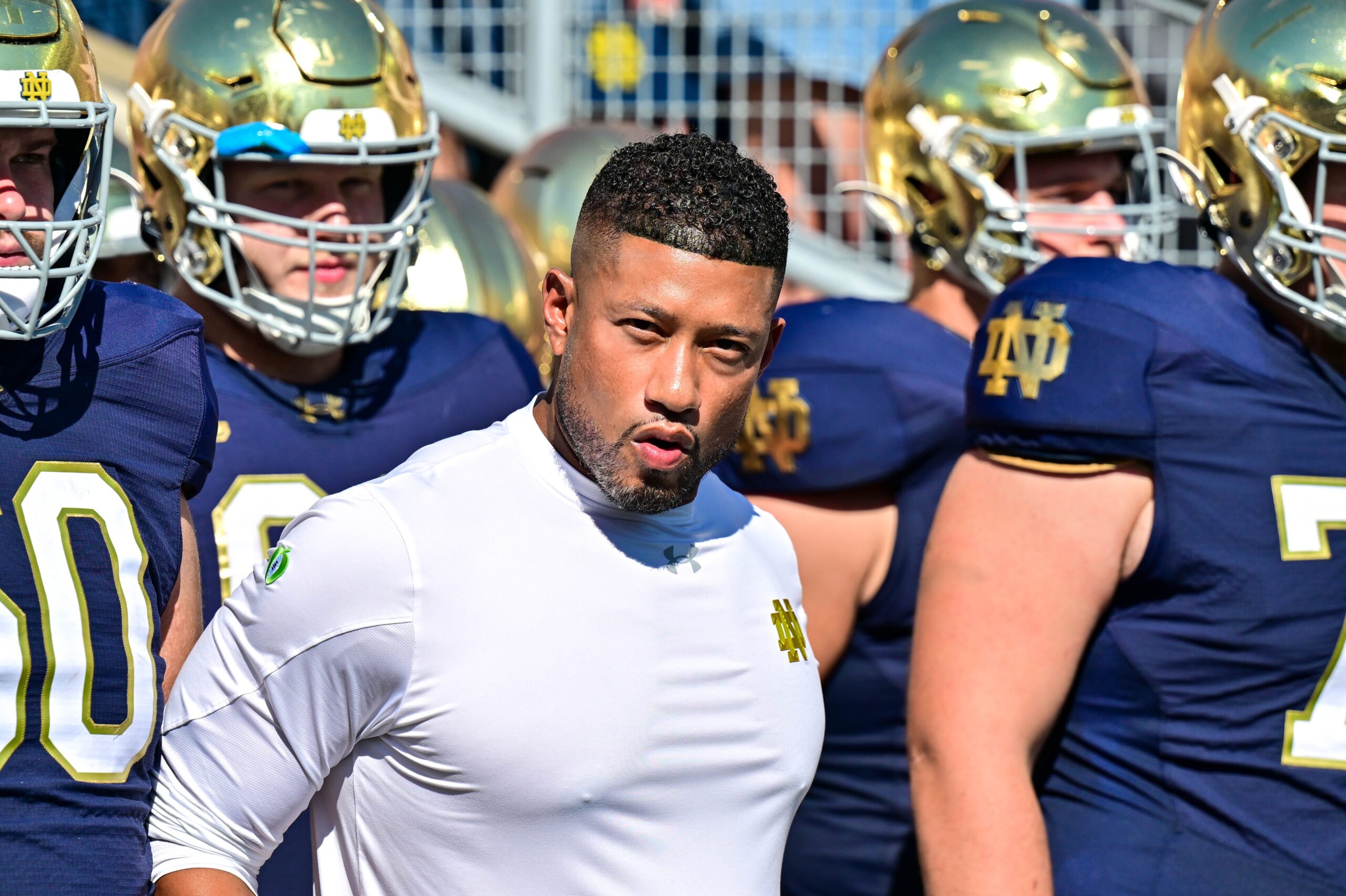
Ohio State
964 wins (3rd), 39 Conference Championships, 6 Heisman Trophy winners (7 trophies Archie Griffin 2x winner), 26 Bowl wins, 9 National Championships claimed (6 major poll), 93 Consensus All-Americans. The Buckeyes have sustained a high standard of excellence logging only three non-winning seasons since 1970.
Oklahoma
944 total wins (6th), 50 Conference Championships including 6 Big 12 Championships in a row, 7 Heisman Trophy winners, 31 Bowl Wins (4th), 7 National Championships, 82 Consensus All-Americans. The Sooners own the longest winning streak in CFB history at 47 games.
You just mad? 🤣 Yes we shot ourselves in foot the previous 4 national championship games & the previous 4 playoff appearances but no doubt a blue blood. Top 3 program all time no matter what list you look at. 7 claimed national championships plus 10 unclaimed. 50 conf titles….. pic.twitter.com/rWW6F3bWam
— #☝️B⭕️⭕️MER S⭕️⭕️NER Fan🏆🏆🏆🏆🏆🏆🏆 (@OUSchooner) July 9, 2024
USC
875 wins (13th), 37 Conference Championships, 7 Heisman Trophy winners, 36 Bowl wins (3rd), 11 National Championships claimed (7 major polls), 84 Consensus All-Americans. The Trojans are the benchmark for West Coast football and have long been considered a national power.
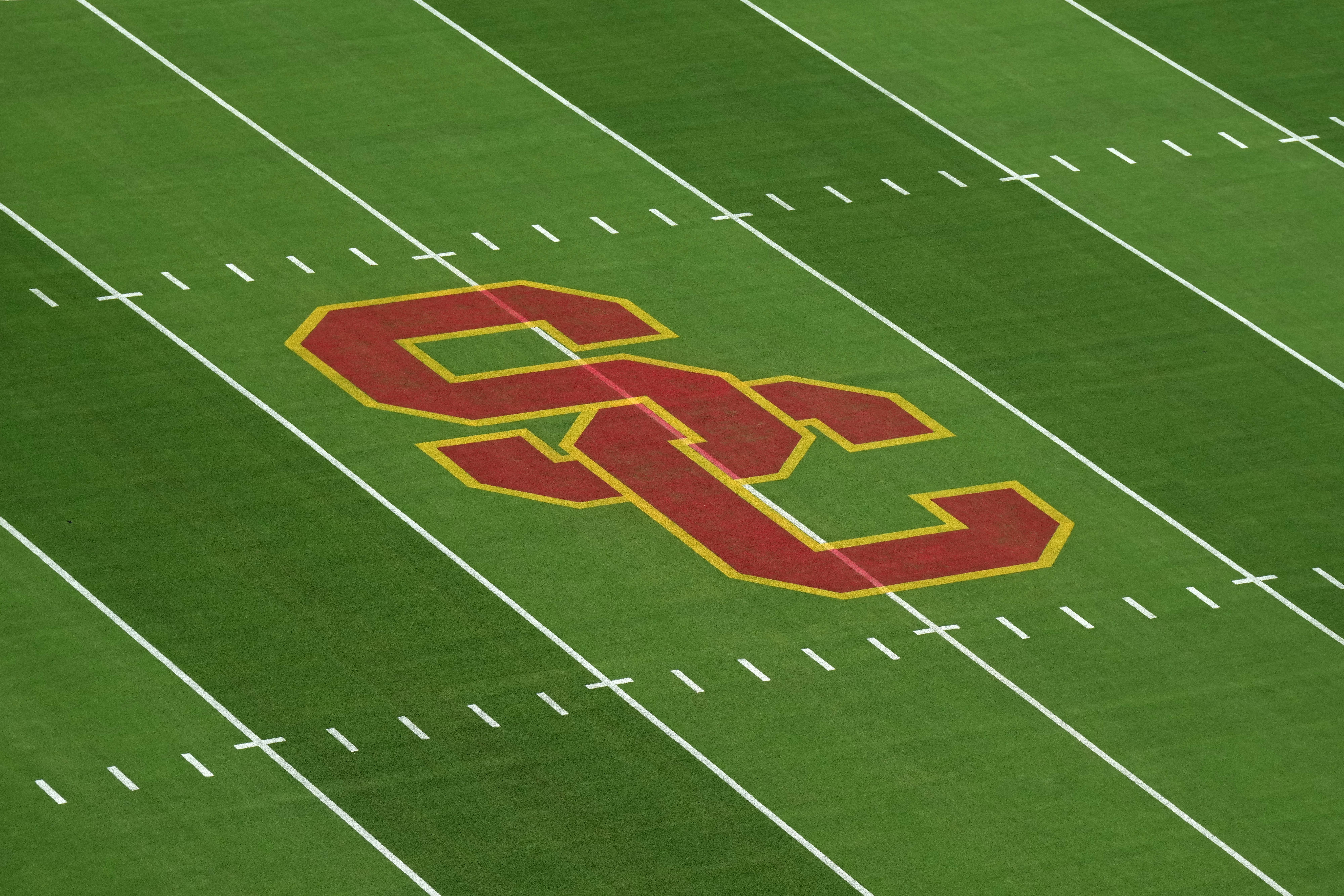
Are These Teams Still Considered Blue Bloods?
Tennessee
865 wins (14th), 13 SEC Championships (3rd), 31 Bowl wins (6th), no Heisman Trophy winners, 6 National Championships claimed (2 major polls), 41 Consensus All-Americans. When comparing the Volunteers to the teams in the first tier they come up short in almost every category and haven’t won a championship of any sort since 1998. Over the last 25 years Tennessee has only logged double digit wins in 5 seasons while finishing with a losing record in 9 of those years.

Nebraska
917 wins (9th), 43 Conference Championships, 26 Bowl wins (13th), 5 National Championships, 3 Heisman Trophy winners, 54 Consensus All-Americans. Like Tennessee, the Huskers have fallen on hard times the last 25 years with 11 losing/non-winning seasons (7-7 2002) since their last championship of any kind in 1997. Nebraska has not been to a bowl game in since 2016.
Texas
948 wins (tied 4th), 31 Conference Championships, 31 Bowl wins (7th), 2 Heisman Trophy winners, 4 National Championships, 63 Consensus All-Americans. The Longhorns have had periods of success followed by periods of underachievement. Since 2000, Texas has 11 double digit win seasons and 5 losing seasons. As the flagship university of the second largest state, the Longhorns will always have a certain gravitas but the inconsistency over the last 25 years does not warrant Blue Blood status.

Miami
614 wins (18th), 9 Conference Championships, 5 National Championships, 19 Bowl wins (22nd), 2 Heisman Trophy winners, 36 Consensus All-Americans. The “U” gets a lot of leeway in this discussion due to their 5 National Championships between 1983 and 2001. However, since the 2001 season, and more importantly since joining the ACC in 2004, Miami has only won 10 games one time (10-3, 2017, HC Mark Richt) and has never appeared in the ACC Championship game.
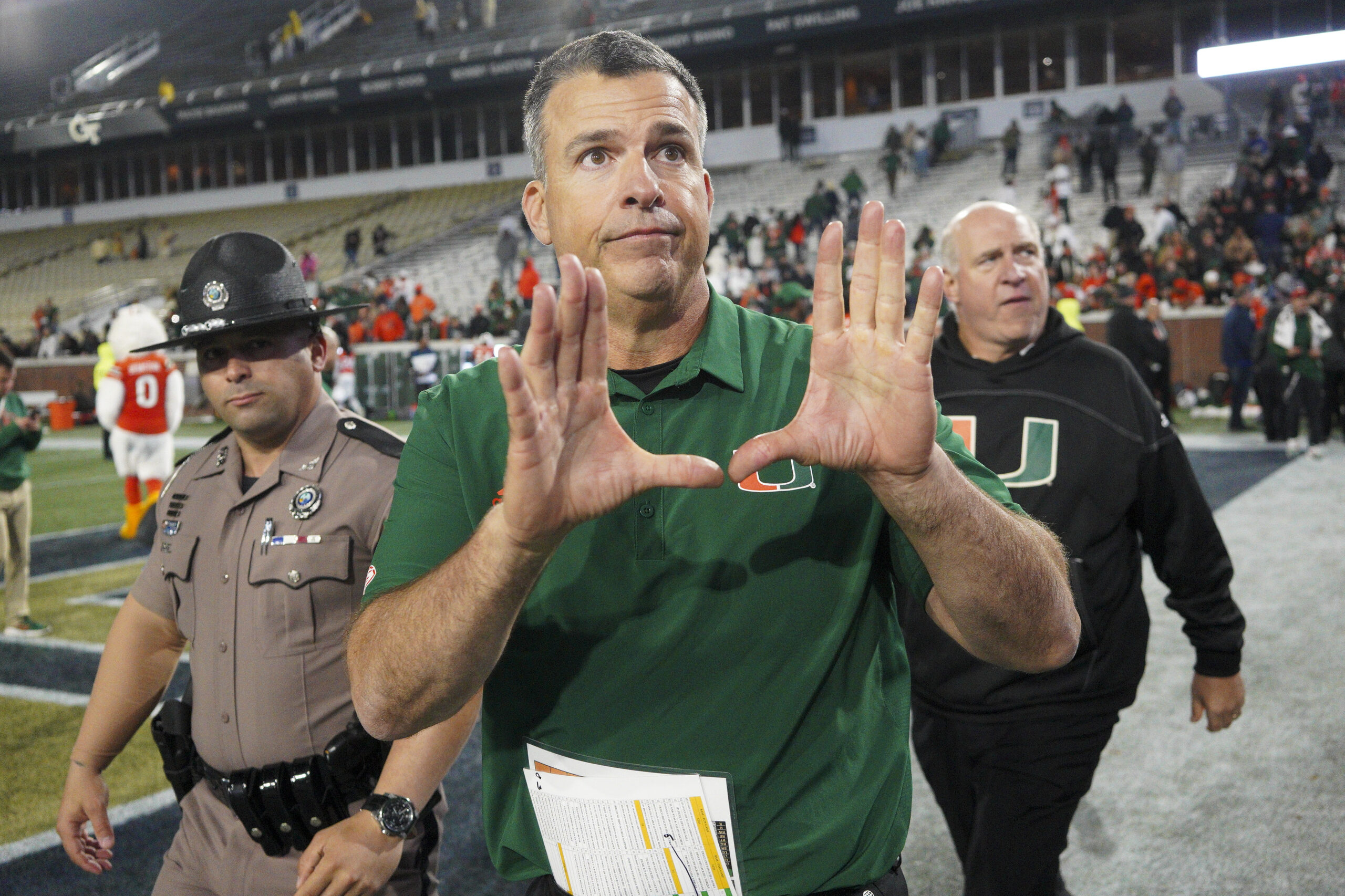
Not Widely Considered Blue Bloods (but maybe they should be?)
Georgia
881 wins (11th), 14 SEC Championships (2nd), 38 Bowl wins (2nd), 2 Heisman Trophy winners, 4 National Championships claimed (3 major polls), 41 Consensus All-Americans. The Dawgs have sixteen 10+ win seasons since 2002 and have won at least 8 games in 26 of the last 27 seasons (6-7 2010). Georgia has won a conference title in each decade since 1940 except for the 1990’s.
Florida
758 wins (28th), 24 Bowl wins (16th), 8 SEC Championships, 3 National Championships, 3 Heisman Trophy winners, 34 Consensus All-Americans. The Gators have a shorter history of dominance than some of the teams on this list, not winning their first SEC title until 1991 and first National Championship in 1996. Between 1990 and 2009 Florida was the class of the SEC winning or playing for a conference championship 13 times.
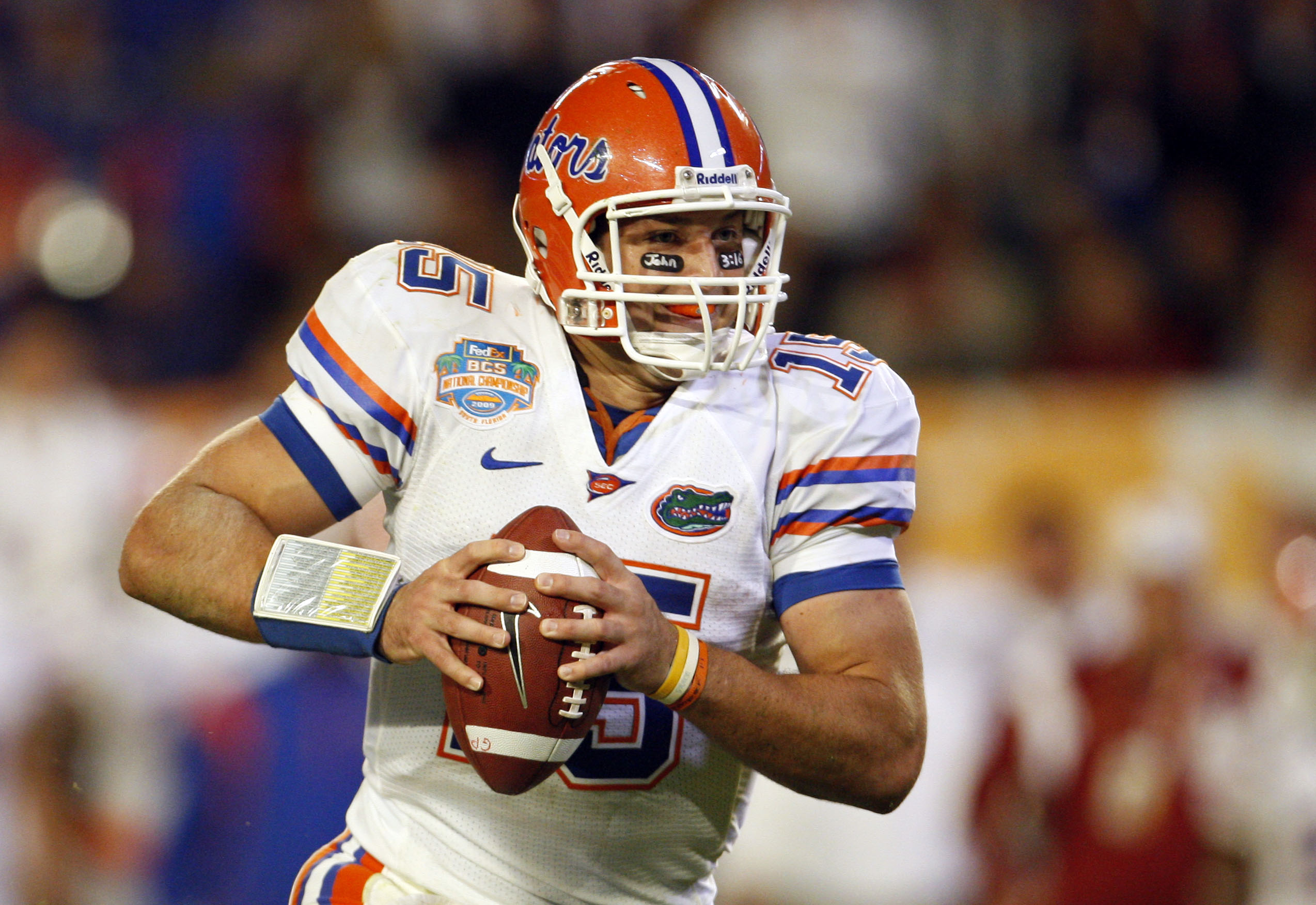
Penn State
930 wins (8th), 31 Bowl wins (5th), 5 Conference Championships (the Nittany Lions were independent for a large part of their history), 2 National Championships, 1 Heisman Trophy winner, 43 Consensus All-Americans. Penn State has a long history of being a consistent winning program. Since joining the Big Ten, Penn State has 12 double digit winning seasons and has played in 9 major bowls.
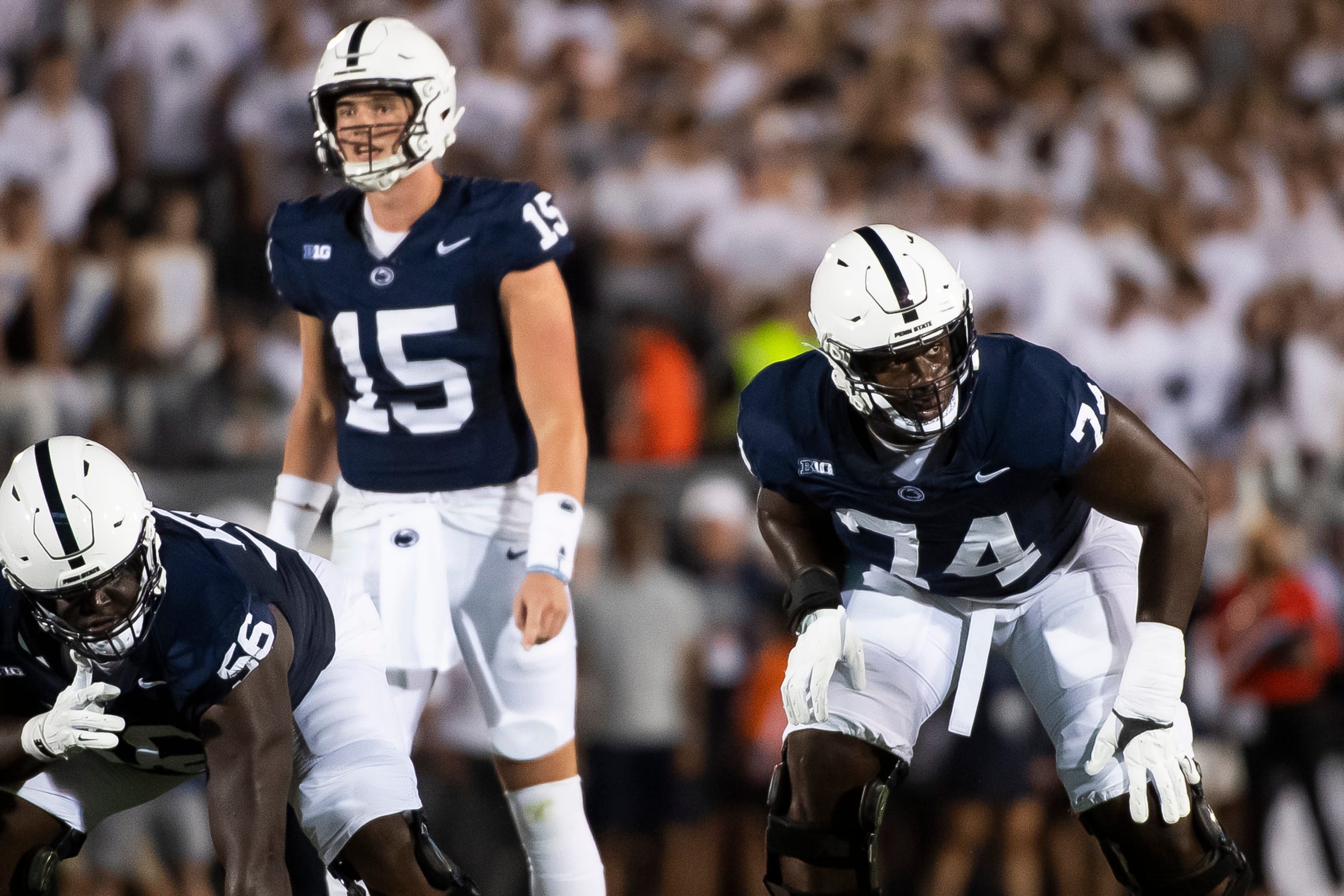
Florida State
581 wins (12th in winning percentage of games played), 29 Bowl wins (9th), 16 Conference Championships (prior to joining the ACC in 1992, Florida State was an independent), 3 National Championships, 3 Heisman Trophy winners, 38 Consensus All-Americans. Like their in-state rivals from Gainesville, the Seminoles are newer to the scene than many of the schools on this list. Florida State had a team in the 1902 season but did not field a team after that until 1947. From 1987 to 2000 the Seminoles finished ranked in the top 4 of the AP Poll.
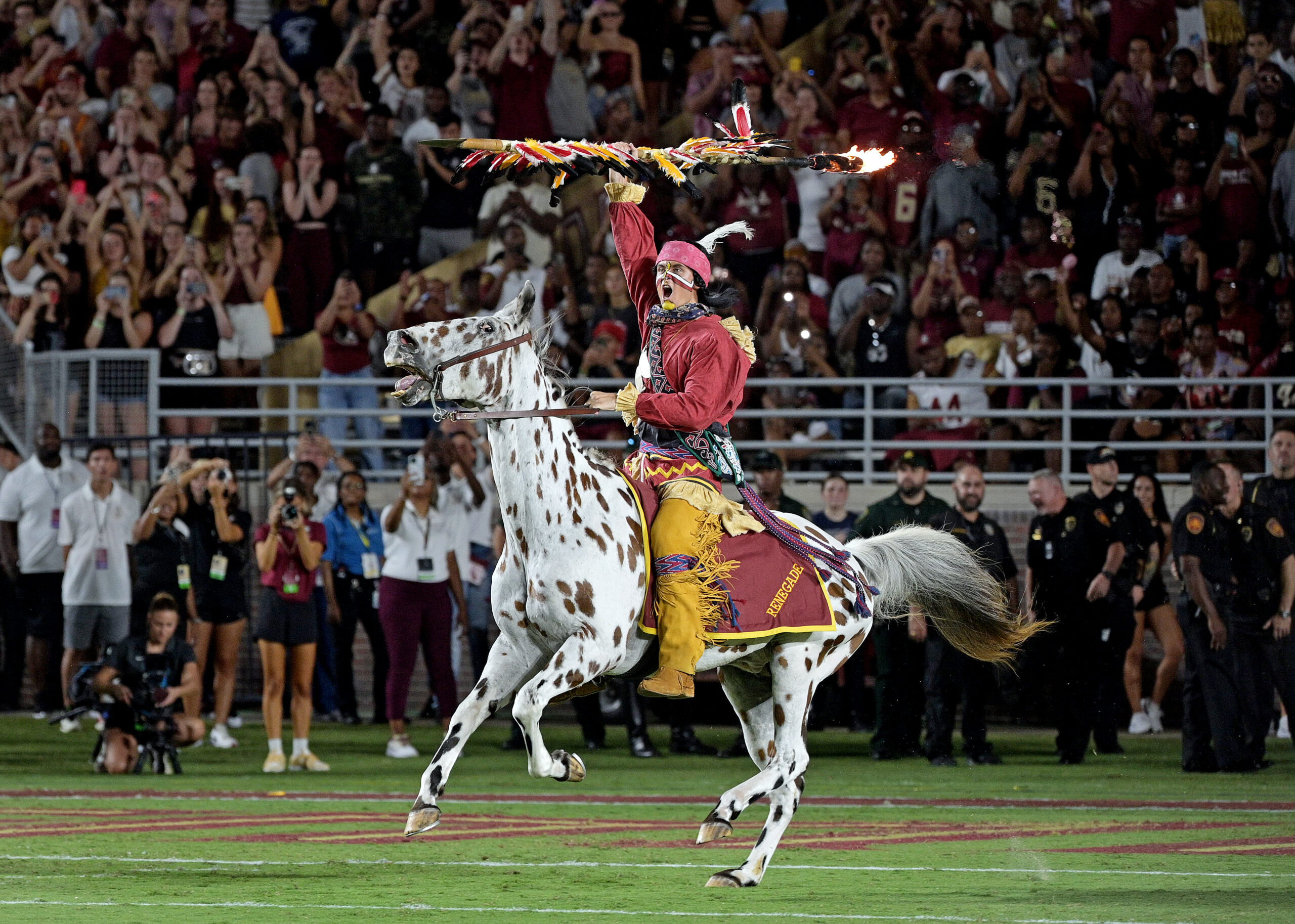
LSU
806 wins (17th), 12 SEC Championships, 4 National Championships, 3 Heisman Trophy winners, 30 Bowl wins (8th), 40 Consensus All-Americans. The Tigers are one of those teams that doesn’t immediately come to mind when discussing Blue Blood programs. This is primarily due to the impression that LSU is a recent success and doesn’t have the longevity of some of the other programs on this list.
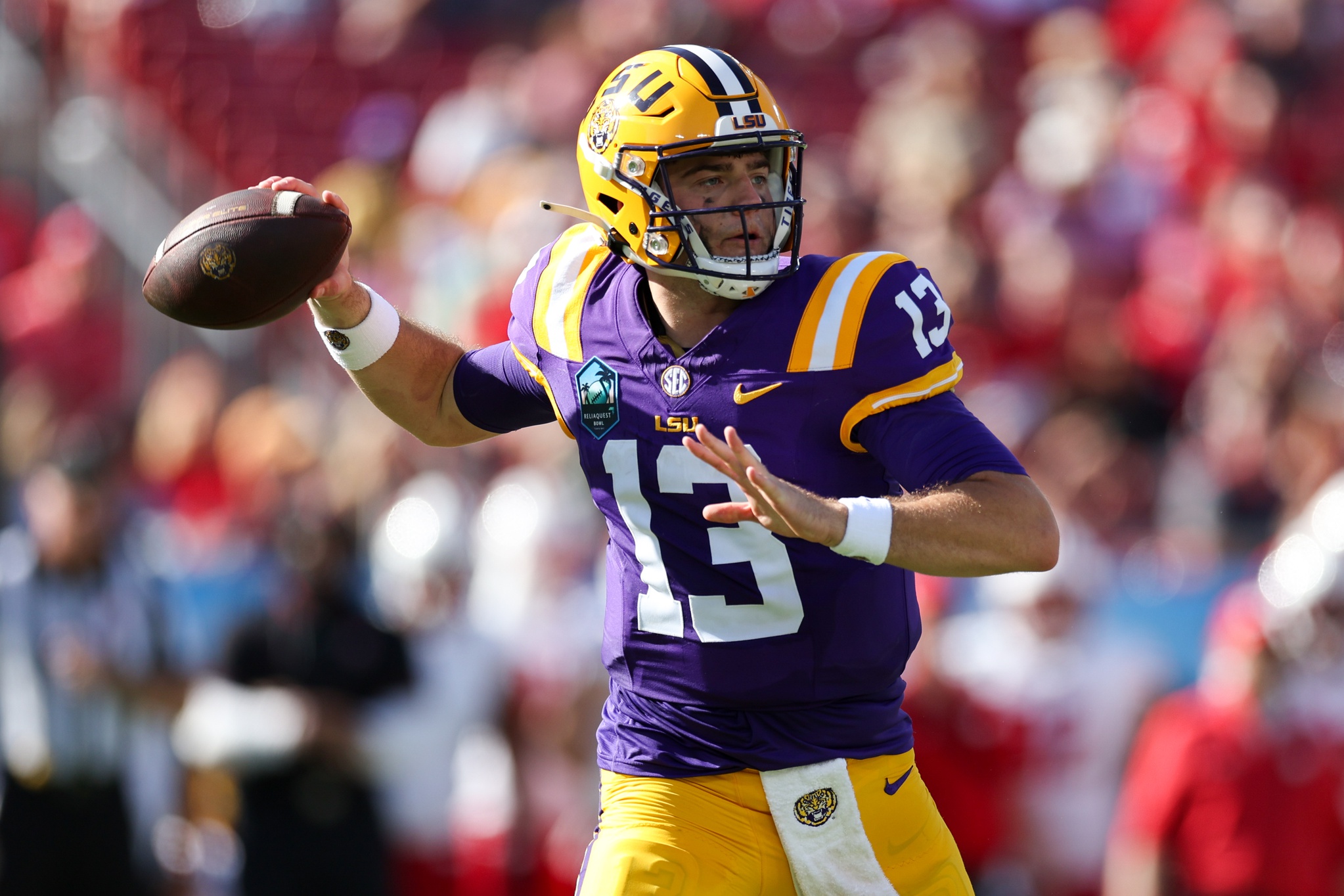
Clemson
798 wins (22nd), 21 Conference Championships, 3 National Championships, no Heisman Trophy winners, 27 Bowl wins (10th), 30 Consensus All-Americans. Clemson has had three periods of dominance 1978-1983 which included a National Championship, 1987-1990 four consecutive 10-win season, and 2011-present which includes 2 National Championships.
Not Blue Bloods
Oregon
705 wins (50th), 9 Conference Championships, 1 Heisman Trophy winner, 17 Bowl wins (29th), 11 Consensus All-Americans. Anyone who would put Oregon in the category of Blue Blood is a victim of recency bias, prior to 1987 the Ducks were horrid. Rich Brooks managed to build a respectable program and coaches like Mike Belotti and Chip Kelly made Oregon nationally relevant. Current coach Dan Lanning is building a strong program, but the Ducks shouldn’t be even mentioned as a Blue Blood until they actually win something of significance.
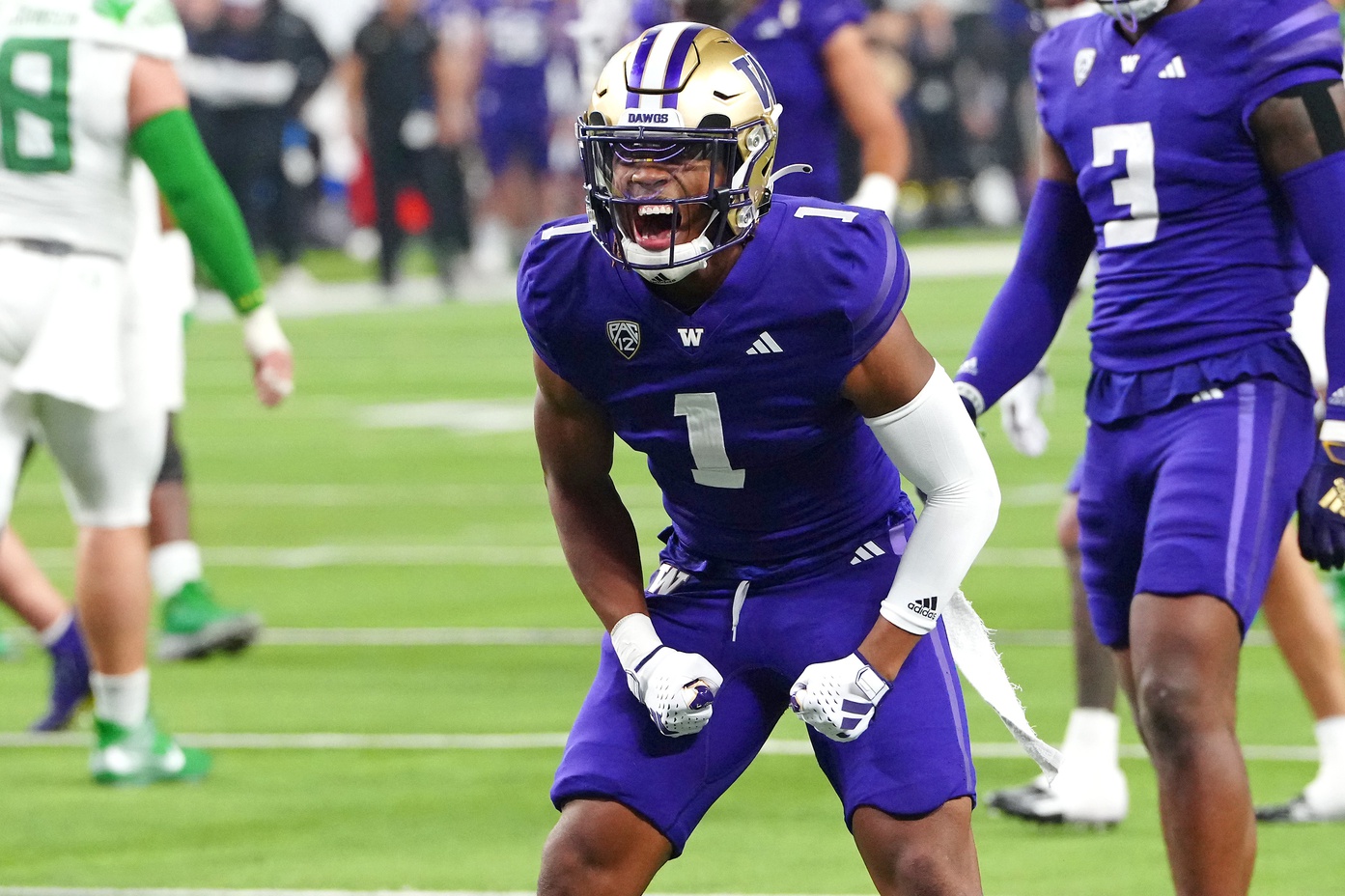
Washington
775 wins (25th), 14 Conference Championships, 2 National Championships, 20 Bowl wins (20th), 23 Consensus All-Americans. The Huskies have more of a claim to Blue Blood status than Oregon with their 2 National Championships. Unfortunately, success for Washington has not been without long periods of underperformance.
Everyone has a different definition of what constitutes a Blue Blood program, and your list is certain to be different from mine based on what factors are the most important. Is it history, longevity, winning percentage, championships, tradition?
